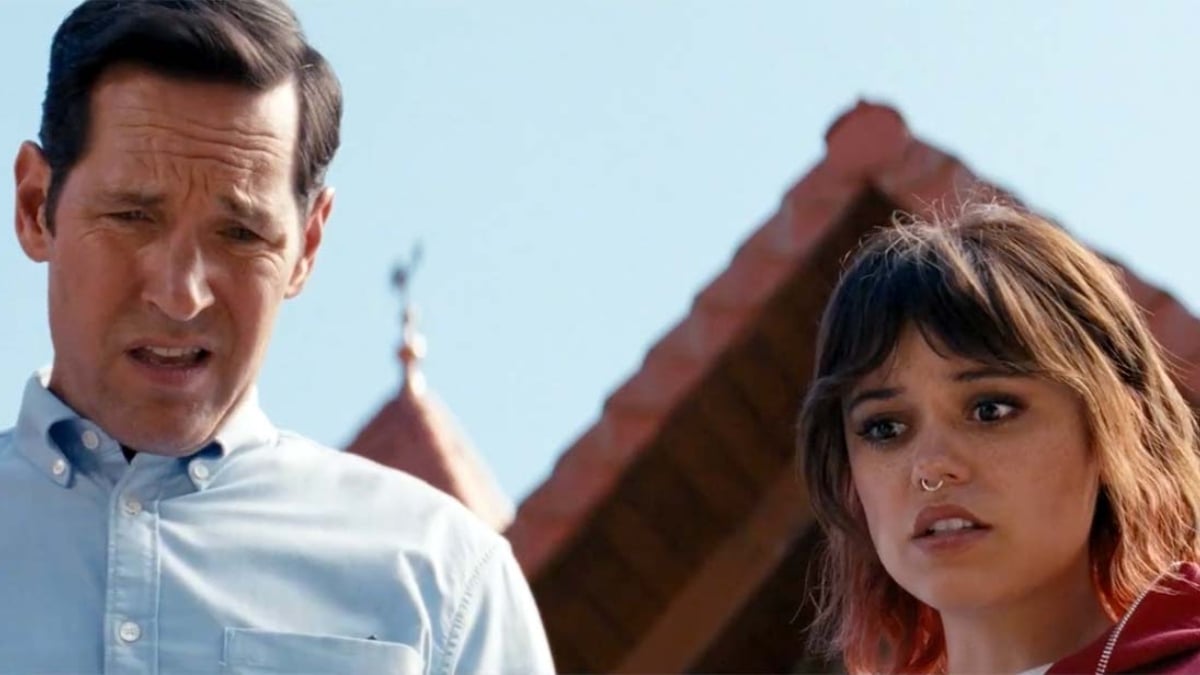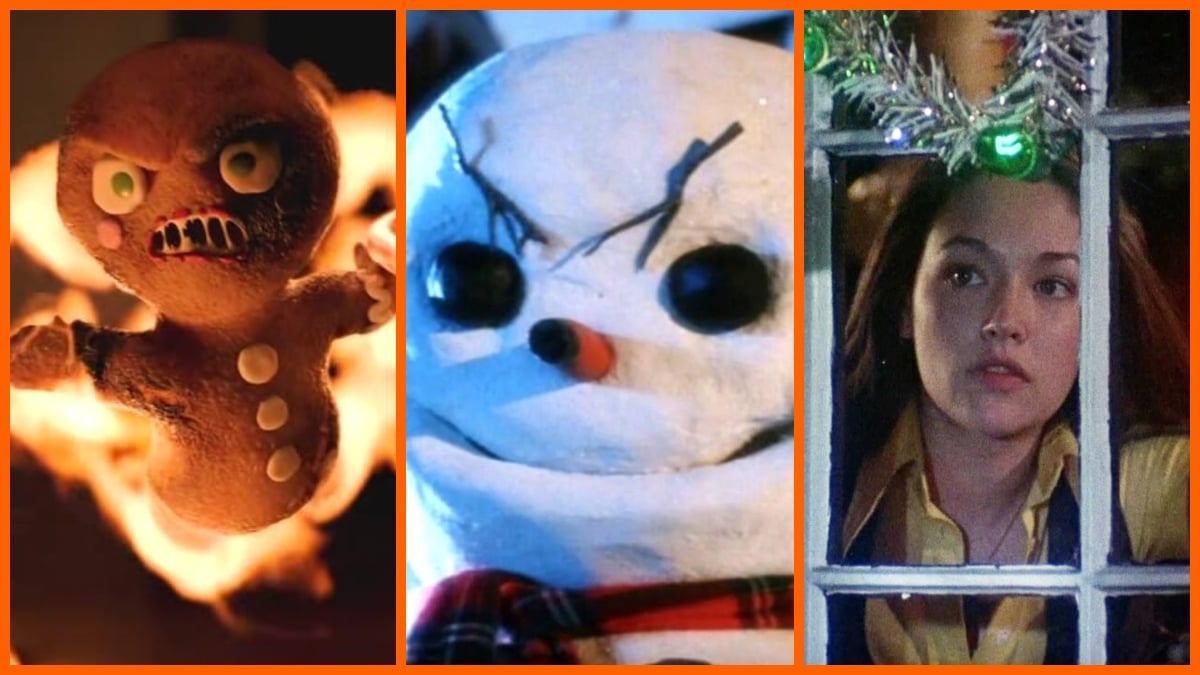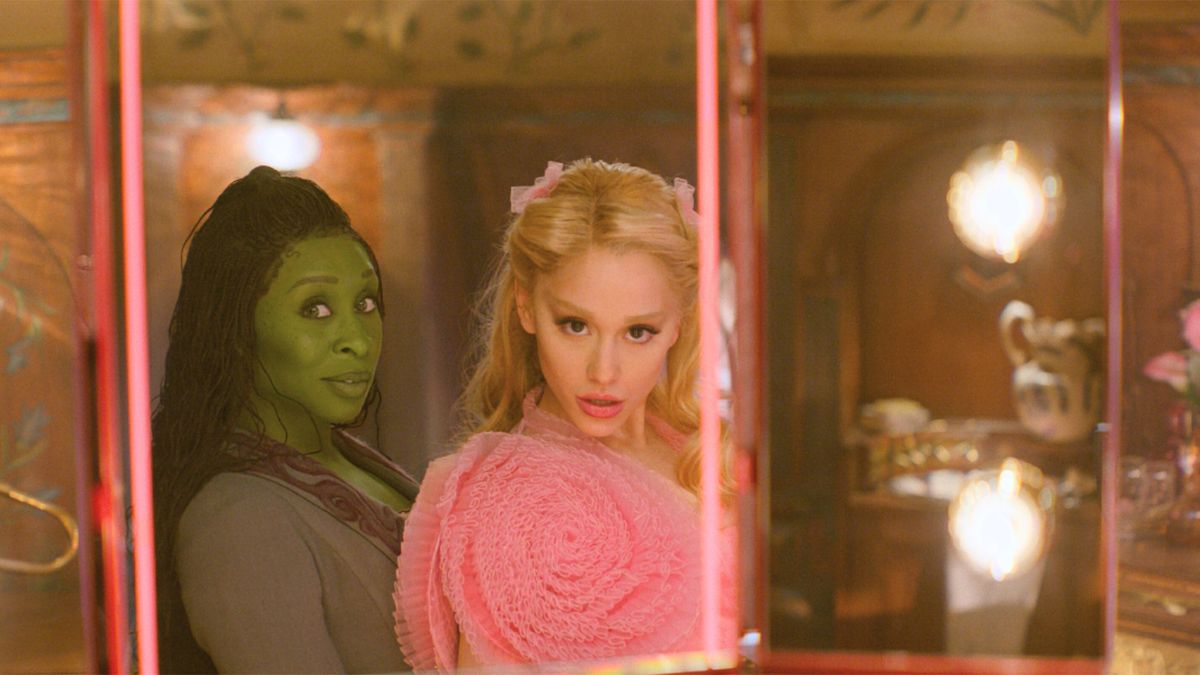When you think of Vikings, chances are you have a vision of warriors in horned helmets and flaming longboats with round shields down the side. While not historically accurate, those images seem ready-made for the movies, and we’re used to seeing similar scenes in fantasy epics and even superhero films. But cinema has struggled to bring an authentic Viking experience to the screen.
Vikings were the sea-faring inhabitants of Scandinavia who left a lasting impact on the world between the 8th and 11th centuries. Raiding, pirating, trading, conquering, and more, a mastery of the sea was at the heart of their culture.
Their famous longboats took Vikings as far as North Africa and the Middle East. Leif Erikson even made it to Vinland (the east coast of Canada) as early as 1000 AD. The 13th-century Vinland Sagas recorded transatlantic travel and the geography of North America.
There are plenty of Viking stories to be told, but they’ve fallen in and out of fashion. The 21st century has seen a resurgence in Viking adventures with shows like the History Channel’s The Vikings and Netflix’s Norsemen, Ragnarok, and Twilight of the Gods. But compared to cinema’s ongoing interest in historical cultures like Ancient Greece and the Roman Empire, Vikings have never reached their true movie potential.
While we wait for them to invade the screen, here are the best films about Vikings you can watch right now.
Valhalla Rising (2009)
Before arriving in America with Drive, Danish director Nicolas Winding Refn brought Vikings to the cinema of his homeland. That said, this Danish film was entirely shot in English and on location in Scotland. Valhalla Rising mashed religions as Mads Mikkelsen’s One Eye and his young companion joined Christian crusaders on a journey increasingly troubled by dark visions and premonitions.
Interestingly, Refn didn’t give any characters a proper name, adding an otherworldliness before the darkness arrived. A refreshingly bleak take on the culture, it did better with critics than box office receipts. A knowledge of Norse mythology points where the film ends, but it remains one of the best realizations of Vikings on screen.
Erik The Viking (1989)
It’s not everyone’s favorite, but former Monty Python writer Terry Jones wrote and directed a rarity⏤a Viking film comedy. There are plenty of jokes to be mined about a reluctant Viking, and Eric the Viking gave it a go. While it featured a wealth of British character actors, it never achieved the appeal of some of Jones’ other comedies. You can measure the number of jokes that land by the unique “Director’s Son’s Cut” that appeared in 2007, where Jones’ son cut the film down to 75 minutes.
The Vikings (1958)
When Golden Age Hollywood came calling for an epic, the Vikings were ready. The story picked up 9th-century sagas via Edison Marshall’s 1951 novel, The Viking, and Kirk Douglas took the lead, supported by huge Hollywood names like Tony Curtis and Janet Leigh. Director Richard Fleischer forged a reputation for his epic productions, and The Vikings didn’t disappoint.
Particularly distinctive was the extensive filming done in Norway. Legendary cinematographer Jack Cardiff captured incredible scenery in widescreen and Technicolor. Despite being a little too caught up with its saga, the film was a box office smash and even spawned a spin-off television series Tales of the Vikings. This high-end melodrama set an expectation of Vikings sagas for years to come.
Erik The Conqueror (1961)
This was a European adaptation of 1958’s The Vikings that ran with the idea of warring brothers separated and raised in England and Scandinavia, but inevitably brought back together decades later on opposite sides of North Sea skirmishes. An 8th-century swashbuckler, it couldn’t match the epic scale of its American inspiration, but kept the Viking drama alive in Europe.
How To Train Your Dragon (2010)
How to Train Your Dragon was a surprise. Loosely based on Cressida Cowell’s 2003 book of the same name, DreamWorks Animation crafted a memorable Viking world for the screen. Packed with fantastic creatures, its inventive set of dragons was as distinctive as the village of colorful Viking characters that inhabited the island of Berk.
Stunning animation, a sharp script, and a beautiful score created a story full of emotion, action, and comedy. Despite its fantasy elements, Viking culture has seldom looked so good on screen. Great entertainment for kids and adults alike, and its two sequels were just as good.
Pathfinder (2007)
Pathfinder is not as bad as its reputation suggests. It was a worthy attempt to fuse cultures, bringing Viking marauders to the New World to destroy native tribes. It’s a rare example that acknowledged Viking arrivals in North America, and it’s a shame that it didn’t seize the chance to explore the opposing cultures fully. But as the central character Ghost, an estranged Viking who grows up to defend his adopted people against the marauders, Karl Urban was typically charismatic. It was a good warm-up for his role as an Asgardian in Thor: Ragnarok a decade later.
The 13th Warrior (1999)
Hollywood gives Vikings another run for their gold every few decades. At the end of the 20th-century, Touchstone Pictures adapted Michael Crichton’s novel Eaters of the Dead, itself inspired by the epic poem Beowulf. Fusing a Saxon story to Viking culture was an odd move, but it wisely relied on introducing Nordic culture through the eyes of an outsider. In The 13th Warrior, Antonio Banderas’ Ahmad ibn Fadlan falls in with Norsemen under attack from a fearsome warlord.
A troubled production led Crichton to take over directing late into production, and it gained more praise for its atmosphere and design than its plot. While the film’s critical stock has risen since its release, it failed to do for Vikings what Gladiator did for the Romans in 2000.
Outlander (2008)
Cinema can’t resist mashing Viking period pieces with other genres, and that hasn’t helped Nordic sagas flourish on screen. Outlander brought science fiction to the early Viking era when alien Jim Caviezel crashed in Norway. Unfortunately for everyone, he brought a space predator with him. The idea of an outsider arriving at a Viking court asking for help to slay a dragon was an easy fit for a Norse tale, but its undeveloped script let it down. The mix of technology was interesting, and some impressive work realized Viking culture and ambitious battle scenes, but the film was a bit overwhelmed by its own concept.
Thor (2011)
Marvel’s Thunder God arrived in the MCU in a strangely subdued tale during the MCU’s Phase 1. Far before the entertaining excess of Thor: Ragnarok, it’s easy to overlook what the first Thor film got right. A masterstroke was embracing the Shakespearean qualities of Stan Lee and Jack Kirby’s original comics by bringing in Sir Kenneth Branagh to direct. The casting was spot-on, especially Chris Hemsworth and Tom Hiddleston as opposing brothers Thor and Loki. The small-town setting was also a welcome step away from the film’s urban third-act action sequences.
While we didn’t get to see enough of Asgard, its introduction accelerated the MCU towards the cosmic adventures of the comics. Thor references Viking culture greatly, and as the most prominent ambassador of the culture on screen, it’s hard to imagine future cinematic depictions of Viking culture not taking notes from Marvel’s blockbusters.






Published: Sep 19, 2021 02:36 pm